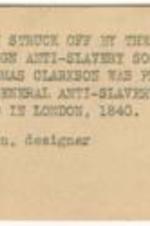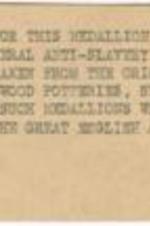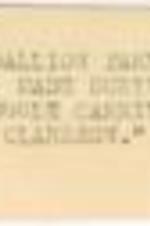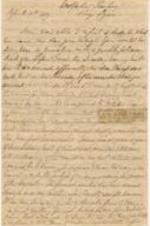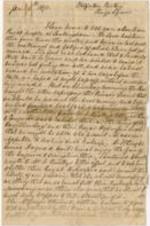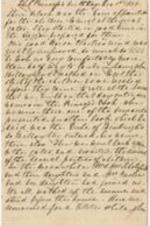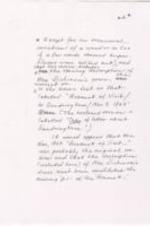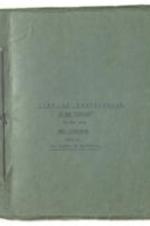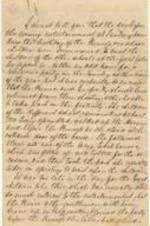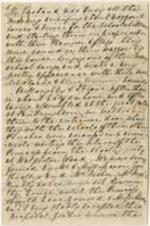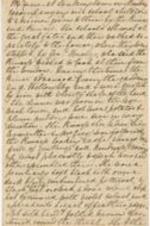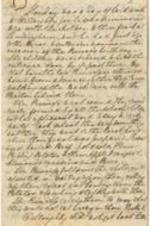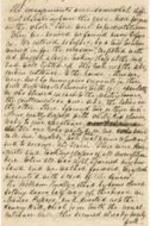![Thomas Clarkson (b. 1760 d. 1846) was a renowned English abolitionist who spent his adult life fighting to end slavery. As a leader in the British anti-slavery society, Clarkson was instrumental in getting the English Parliament to ban the slave trade in 1807 and to abolish the institution of slaver in 1833. The majority of this small collection is comprised of correspondence from Thomas Clarkson and his wife, Catherine, to her father, William Buck. Notable writings by Clarkson include the original essay An Liceat Nolentes In Servitutom Dare? [Is It Lawful to Make Slaves of Others Against Their Will?]. This essay, written in Latin, won the Chancellor's Prize at Cambridge College, England in 1785 and served as the basis for the expanded work, Essay on the Slavery and Commerce of the Human Species, Particularly The African published in 1786.
At the AUC Robert W. Woodruff Library we are always striving to improve our digital collections. We welcome additional information about people, places, or events depicted in any of the works in this collection. To submit information, please contact us at DSD@auctr.edu.](https://radar.auctr.edu/sites/default/files/styles/front_page_image_style/public/externals/09daef083f5cdac3e7188de1d507da14.jpg?itok=OiNVp1dO&pid=auc.031:9999&iic=true)
Thomas Clarkson Papers
Thomas Clarkson (b. 1760 d. 1846) was a renowned English abolitionist who spent his adult life fighting to end slavery. As a leader in the British anti-slavery society, Clarkson was instrumental in getting the English Parliament to ban the slave trade in 1807 and to abolish the institution of slaver in 1833. The majority of this small collection is comprised of correspondence from Thomas Clarkson and his wife, Catherine, to her father, William Buck. Notable writings by Clarkson include the original essay An Liceat Nolentes In Servitutom Dare? [Is It Lawful to Make Slaves of Others Against Their Will?]. This essay, written in Latin, won the Chancellor's Prize at Cambridge College, England in 1785 and served as the basis for the expanded work, Essay on the Slavery and Commerce of the Human Species, Particularly The African published in 1786.
At the AUC Robert W. Woodruff Library we are always striving to improve our digital collections. We welcome additional information about people, places, or events depicted in any of the works in this collection. To submit information, please contact us at DSD@auctr.edu.

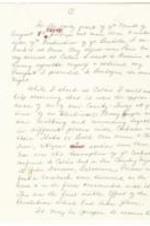
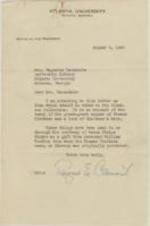
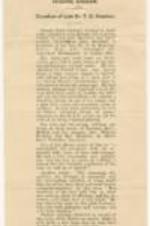
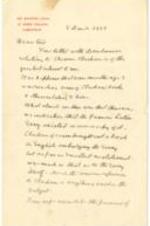
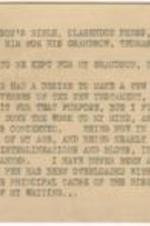
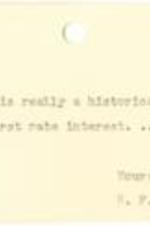
![The envelope in which the Wedgewood Medallion was housed. Written on recto: Wedgewood Medallion taken from the original mould at [?] Wedgewood Manufacturing by [?] request when looking over the works at Etruria some 15 years since. These medallions were struck and [?] during the great antislavery struggle carried by Wilberforce and Clarkson. W.W.d. 1886. Written on verso: Care; Wedgewood Antislavery Medallion.](https://radar.auctr.edu/sites/default/files/styles/list_card_image/public/externals/9ec33f7ef39408fdf8ed340c2c4914e2.jpg?itok=TmM43aWf&pid=auc.031:0042&iic=true)
